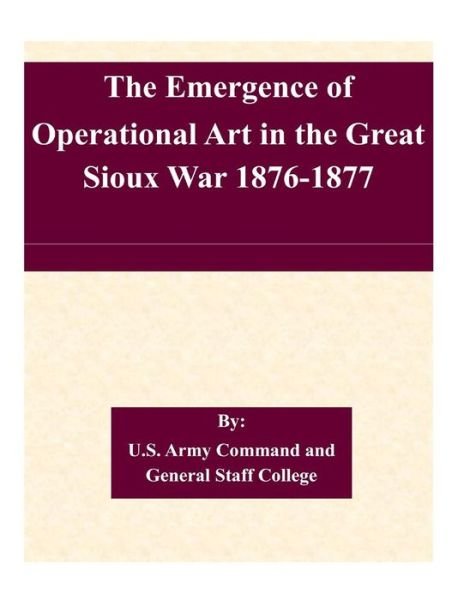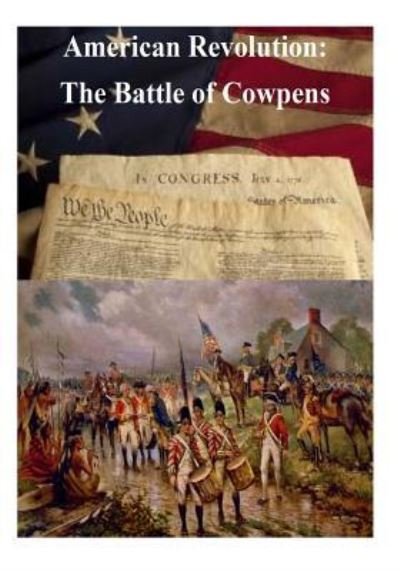
Faites connaître cet article à vos amis:
The Emergence of Operational Art in the Great Sioux War 1876-1877
U S Army Command and General Staff Coll
The Emergence of Operational Art in the Great Sioux War 1876-1877
U S Army Command and General Staff Coll
Publisher Marketing: The Sioux War of 1876-1877 was the largest campaign of the late-nineteenth century Indian Wars. This conflict grew out of the desire of the United States Government to resolve confusing territorial claims to the Black Hills and the "unceded territories" of the Powder and Yellowstone River valleys. The numerous and fierce Lakota and their northern Cheyenne allies controlled these areas and drove out rival Indian tribes and the United States Army in the late 1860s, and established dominance in the region. The Division of the Missouri, led by Lieutenant General Philip Sheridan, had developed a successful concept to defeat the tribes of the southern plains from 1867 to 1873 that used converging columns, winter expeditions, and attacks against Indian stores and possessions to catch the Indians when they were least mobile. Sheridan's initial campaign plan against the Lakota and their allies used this same concept, but failed to develop an operational approach that linked tactical actions to the strategic objective. His initial plan used against the Lakota and Cheyenne embraced the tactics of the southern plains in an environment and against a massed enemy for which they were disastrously ill-suited, and resulted in a string of defeats that culminated in the Battle of the Little Big Horn. This defeat provided impetus for the additional resources that Sheridan used to develop an operational approach that turned the war against the Lakota around in the winter and spring campaign of 1876-1877. Sheridan developed a campaign approach that utilized the modern concept of operational art, linking tactical actions in time, space and purpose to achieve a strategic end state. After Little Big Horn, Sheridan linked his main effort at the Indian reservation agencies to isolate the hostile Lakota from their summer roaming agency Lakota that constituted the preponderance of the Lakota and Cheyenne combat power. In order to make it possible to pacify the Lakota at the agencies, Sheridan coupled those efforts with the establishment of a network of bases in the unceded territories and relentless pursuit of the remaining hostile bands. Sheridan understood that Lakota and Cheyenne culture and military capabilities revolved around their ability to hunt buffalo and raid against their neighboring tribes from horseback with rifles. By taking away these tools and confining the Lakota and Cheyenne on the reservation, Sheridan could successfully extend the Army's reach into the territories and defeat the smaller hostile bands that remained.
| Médias | Livres Paperback Book (Livre avec couverture souple et dos collé) |
| Validé | 16 janvier 2015 |
| ISBN13 | 9781507579251 |
| Éditeurs | Createspace |
| Pages | 66 |
| Dimensions | 216 × 279 × 4 mm · 176 g |
Plus par U S Army Command and General Staff Coll
Voir tous les U S Army Command and General Staff Coll ( par ex. Paperback Book )

 Les cadeaux de Noël peuvent être échangés jusqu'au 31 janvier
Les cadeaux de Noël peuvent être échangés jusqu'au 31 janvier

































